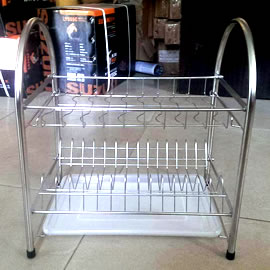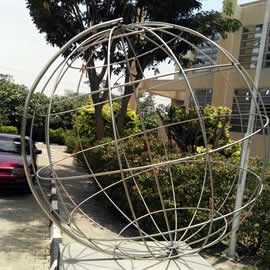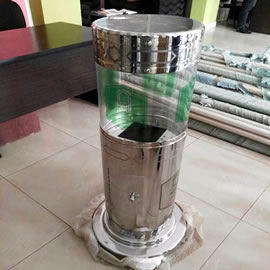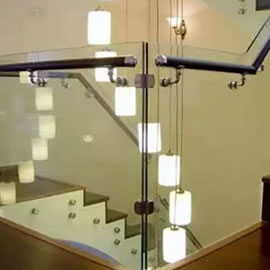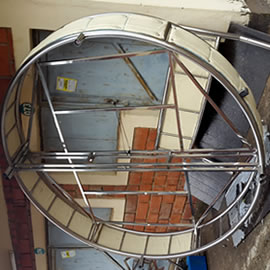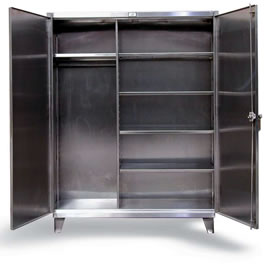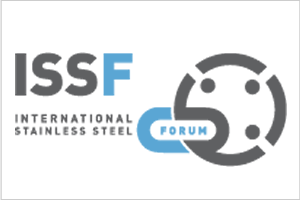Building & Construction Applications
In the early 20th century, architectural possibilities of stainless steel were recognized within few years of its discovery. Highly-visible proof can be found in such well-known structures as the roof of the Chrysler Building in New York and the canopy of the Savoy Hotel in London. For a while, the relative high cost and limited availability of the material restricted is application to “flagship” buildings of this type for which the cost was a secondary consideration.
Building Interiors
Stainless steel aesthetic and anti-corrosion properties have made it an ideal material for stairway and balcony needs. Wrought iron railing is no longer in vogue, many people today prefer to use stainless steel for their railings because it is beautiful, anti-corrosive and less expensive to maintain.
Building Exteriors
The corrosion resistance properties of stainless steel are very known to designers and builders, likewise the general public. Lately, people are beginning to use stainless steel for roofing, facades, wall panels, solar panels and many more exterior building applications.
Infrastructure
The efficient day to day operation of public infrastructure has a strong impact on the quality of our daily lives: reliable access to energy and drinking water; the ease of travelling by road, rail, air or water; the safe disposal of waste and sewage; all determine how we live and work. In these sectors, stainless steel plays an important but often unnoticed role. Material selection is a decisive factor for the durability of infrastructural buildings and installations. It is the key to maximum availability and low life-cycle cost. Stainless steel can be used in road bridges, water and sewage equipments, harbours, airports, terminals, car parks, road tunnels and underground. It is imperative to exchange best practice and encourage authorities, private investors and design engineers to consider the stainless steel option whenever they embark upon infrastructural projects.
Street Furniture
Town planners are looking inward for a cost-effective and a sustainable solution that will address the street furniture issue. Stainless steel is a strong, durable, self-cleansing, safe, hygienic material with little or no maintenance cost. That sustainable solution for street furniture is stainless steel.



